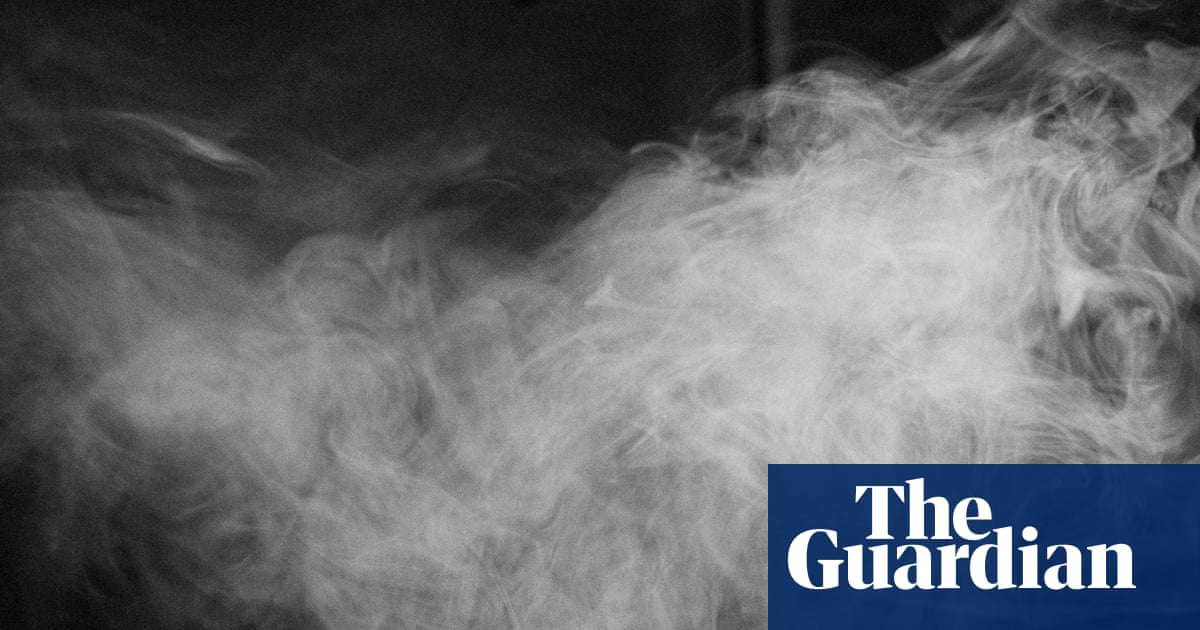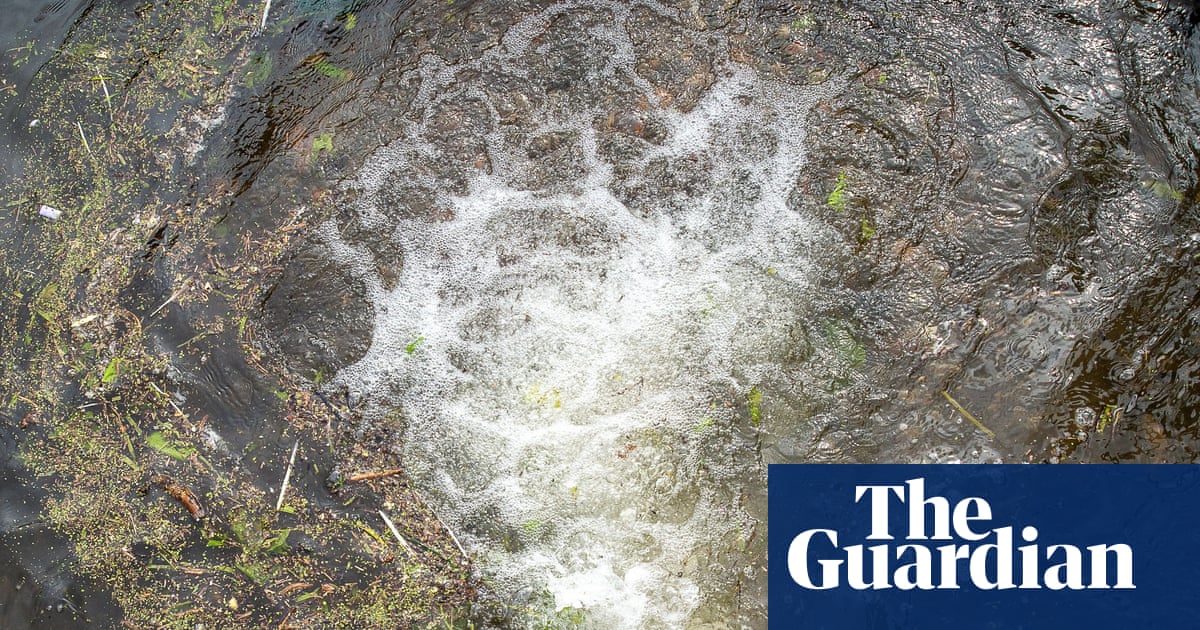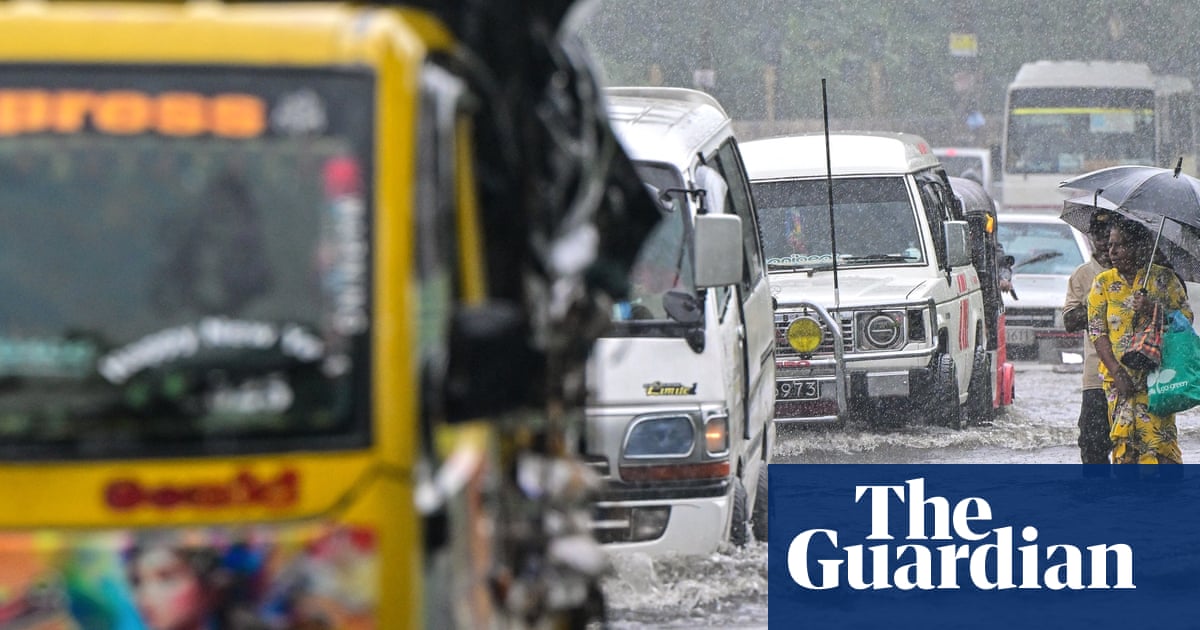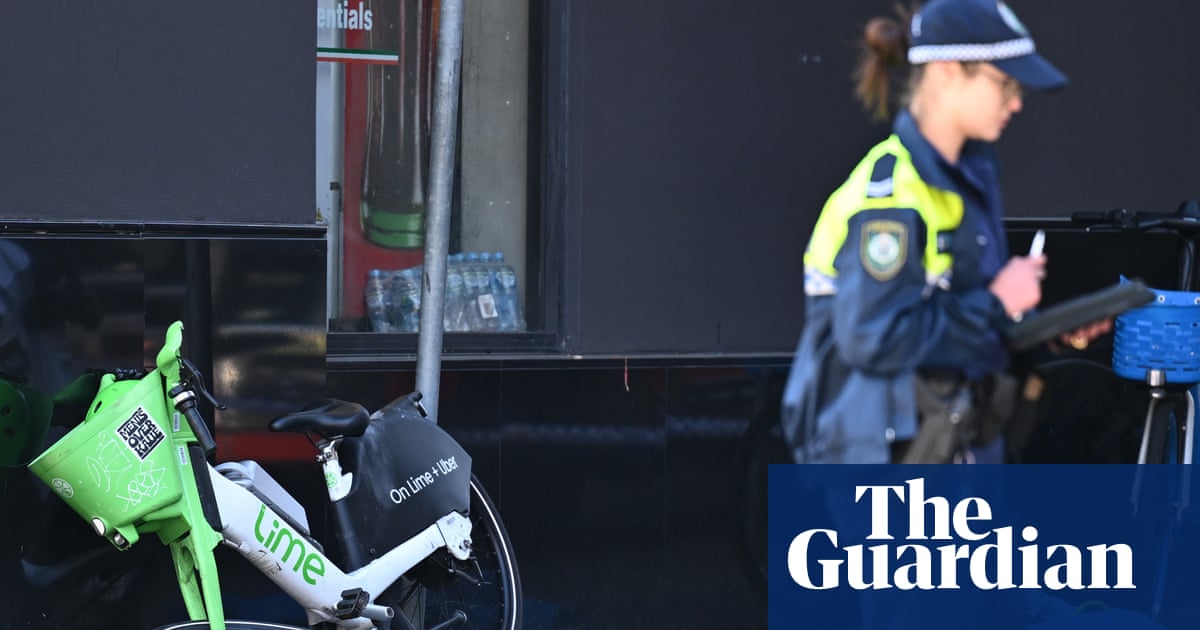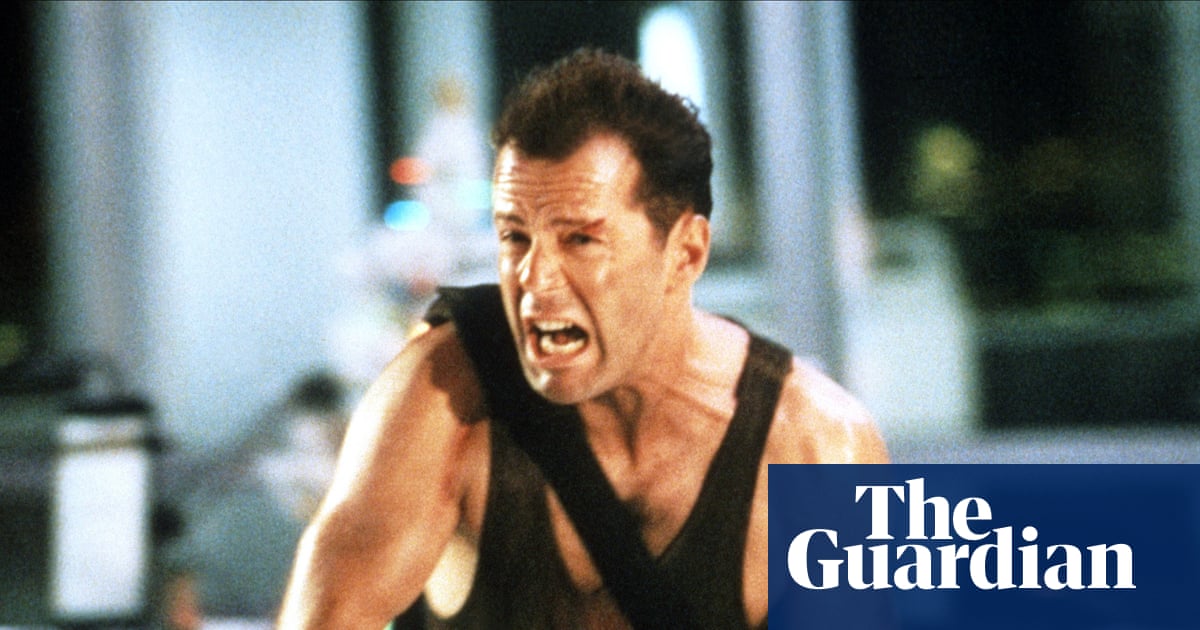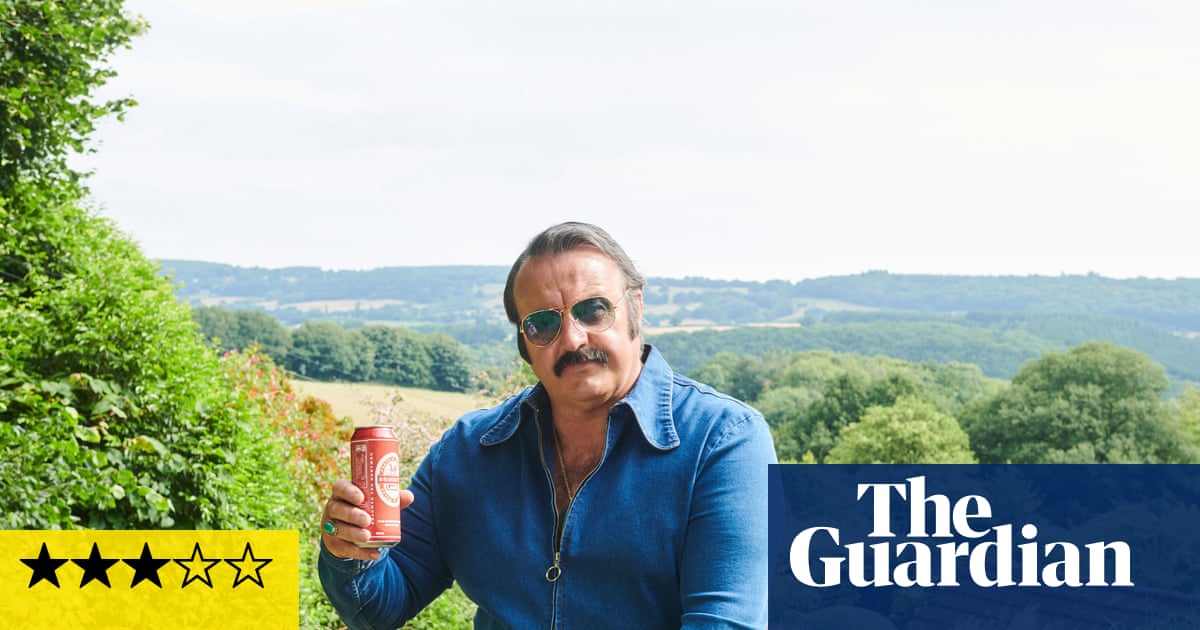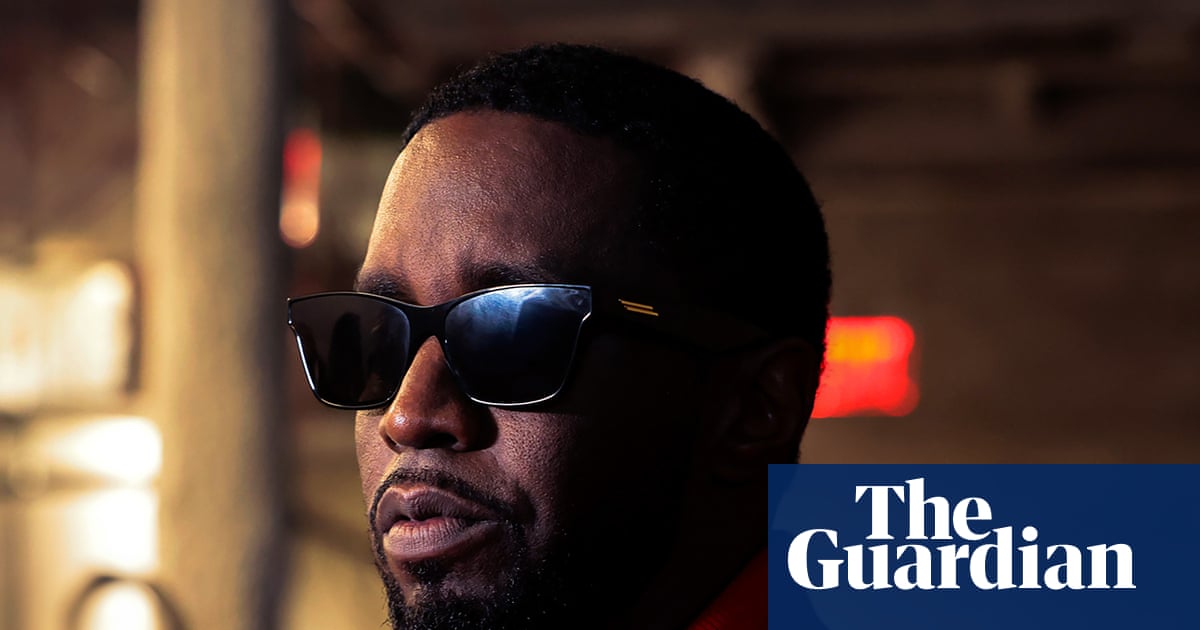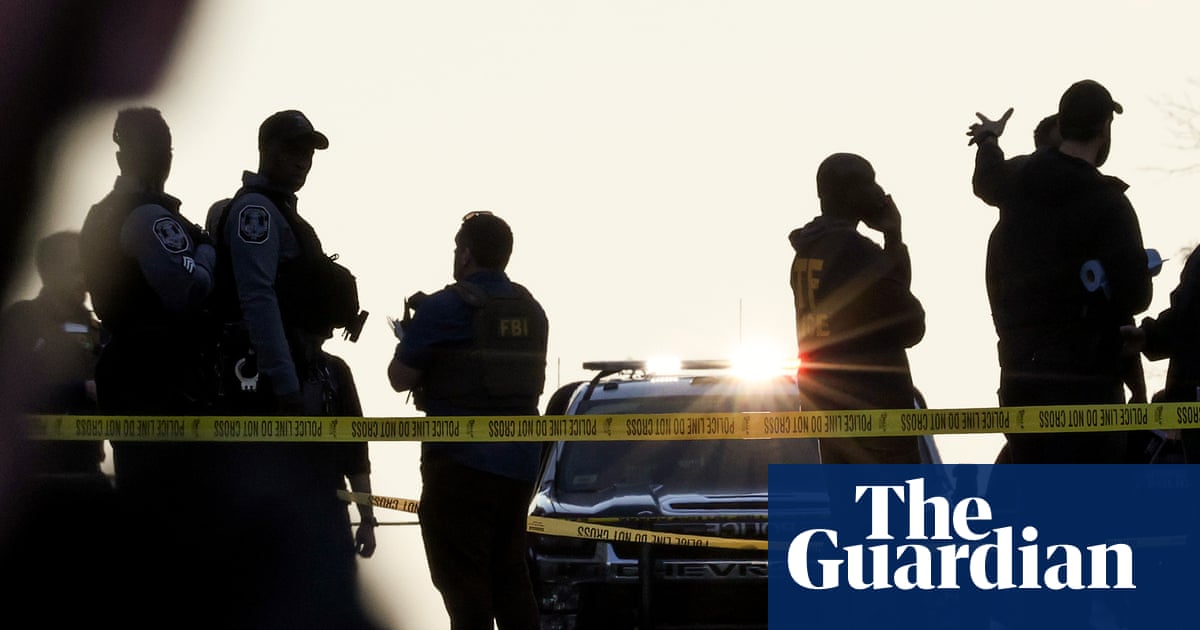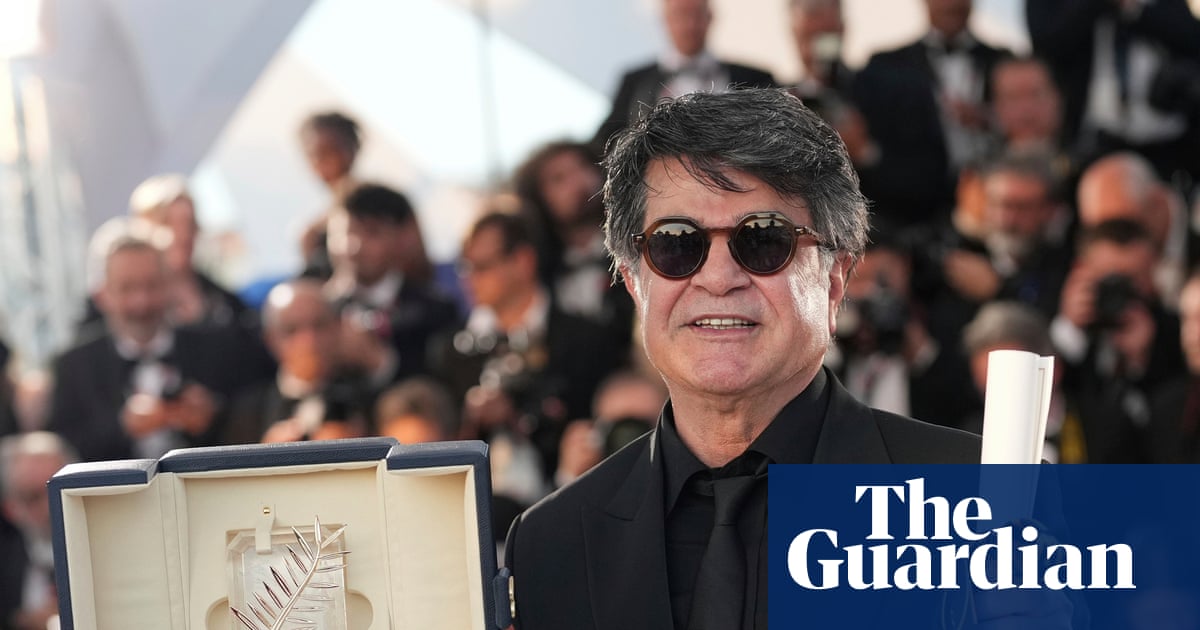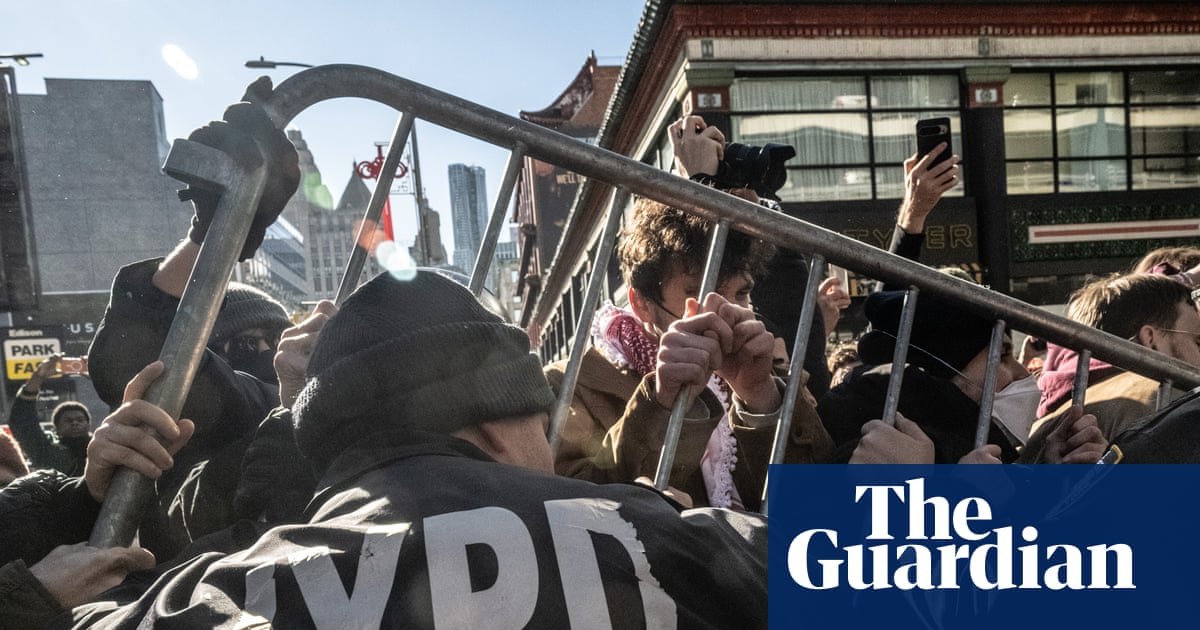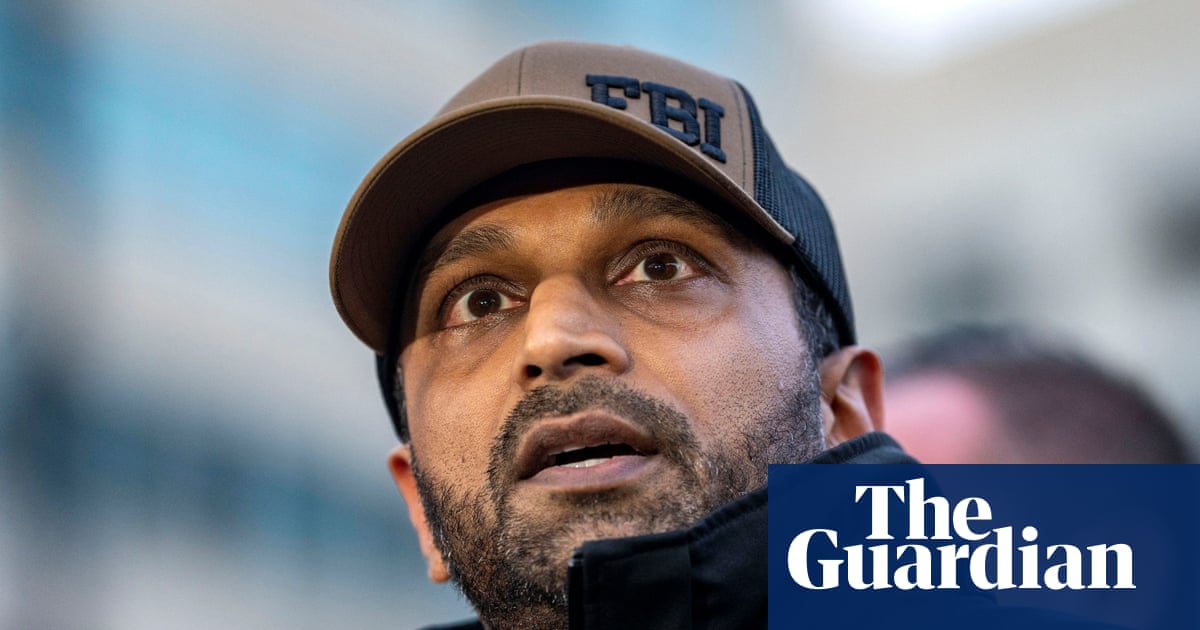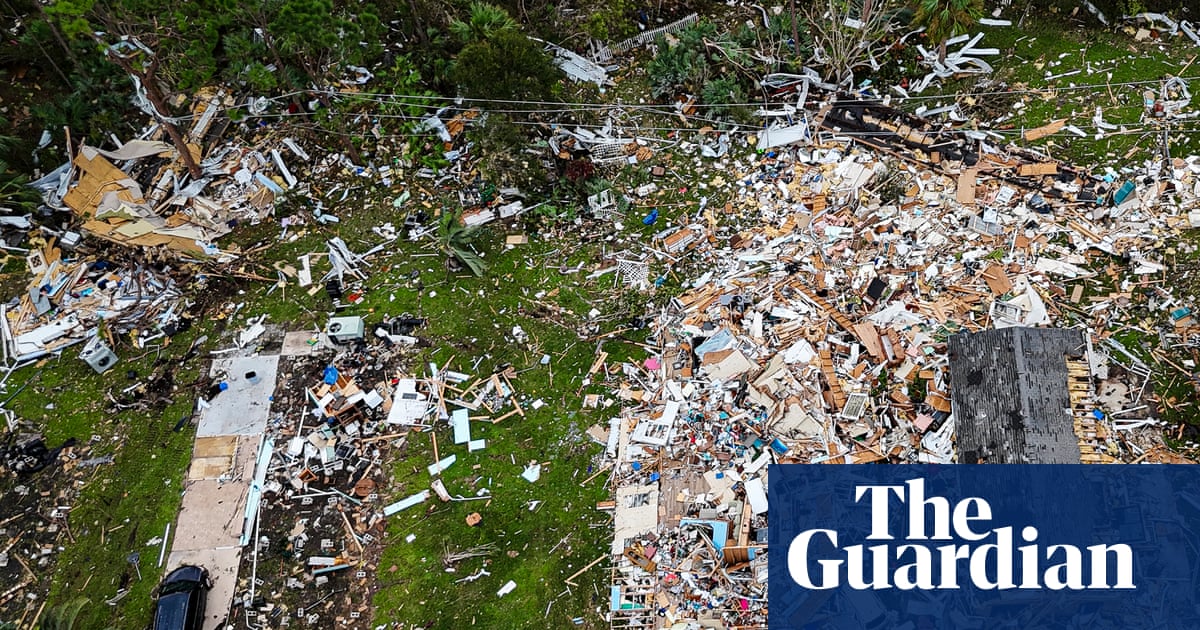From the clean soft sands of Zikim beach or its sky-blue and turquoise waters, where on Thursday waves gently lapped against the thighs of cheery middle-aged women, one can see a different world.
Looking past the tall iron fence that marks the end of the beach, the outlines of what is left of Gaza’s Beit Lahia resort are clearly visible less than 2 miles south down the coast – as are the watchful Israeli destroyers out to sea.
On 7 October 2023, Hamas gunmen used speedboats to land on Zikim with the goal of capturing the nearby military training base.
In the ensuing violence, 17 civilians were killed on the beach, including fishers, teenagers on a camping trip and a group that had held a beach party the previous night.
The beach and its burnt-out showers, shelters and lifeguard tower, were closed off to the public by the Israeli military.
Work started in March to rebuild the facilities to the background noise of Israel’s bombardment of Gaza, which has killed an estimated 67,000 Palestinians, most of whom were civilians.
One remaining bomb shelter from that time stands on Zikim beach, where a small shrine has been established for Yulia Chaban, 24, who died there with her boyfriend Abed Ziyadne, 26.
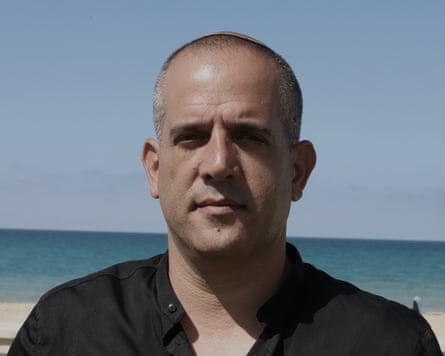
Three days ago, Haim Revivo, the leader of the regional council, received word that the military was lifting the lockdown imposed on the area: Israel’s southernmost beach could reopen from 7am to 6pm.
He had been arguing for the beach’s reopening since people were allowed to return to the local kibbutz attacked by Hamas, but acknowledged that he had mixed emotions. “It is very difficult to forget what people experienced here,” he said.
The news from the military, rather like the ceasefire, had come before it had managed to erect the memorials planned for those who died, he said.
Thursday was the opening day – and a beautiful, sunny one – but asked how she felt about feeling the sand between her toes again, Amira Rabinovitch, 65, a psychiatrist, gripping a deck chair as she waded through the sand, said it was “complicated”.

Her brother, a soldier, was killed on 7 October at the nearby village of Netiv HaAsara. “It closes the circle, it makes us feel better, but it is very complicated because we lost a lot of people, nothing is going to be the same as it was before,” she said.
As Rabinovitch spoke, she spotted her late brother’s wife. “I didn’t know she was coming,” she said. A community of people were finding their way back to how it was or something like it, she suggested.
As for the incongruous view of people enjoying the sun and surf to the background of the rubble of Gaza, Rabinovitch added that this “was part of our life”. “It is complicated,” she repeated.
Kiko Nadav, 70, shirt off, enjoying the sun from his deck chair at the water’s edge, said he had been hoping for this moment. “This beach is a family beach, a lot of time we make a barbecue, eat fish from the sea,” he said. “This is the best beach in Israel. We have been wishing a lot for this, and then we had the message from the municipality that it would reopen.”
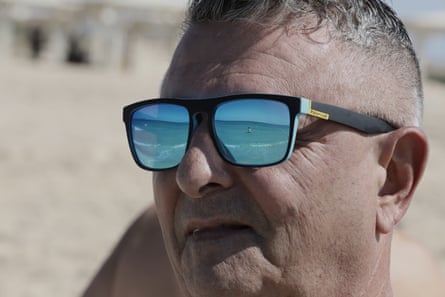
Yakov Ohayon, 59, a former police officer who is now a lawyer, fought for five hours on 7 October after Hamas attacked his home in Zikim kibbutz. He left his three daughters in a secure room as he took up his weapon.
Ohayon said he knew people who had died here. “My emotions are everywhere,” he added.
Oren Weizman, 50, a civil engineer, had served in the Israeli Defense Forces and said he still struggled with post-traumatic stress disorder.
One thing that made him feel better was surfing, and he had been coming here for that for nearly 30 years, he said.
“I can breathe again,” he said of the beach’s opening. But he worried too. Could this really be the end of it? Could they move on from the last two years of horrors?
“I got a lot of doubts about the [mental] health of them,” he said looking in the direction of Gaza. “After this war, they’re going to be devastated.”

 1 month ago
26
1 month ago
26


